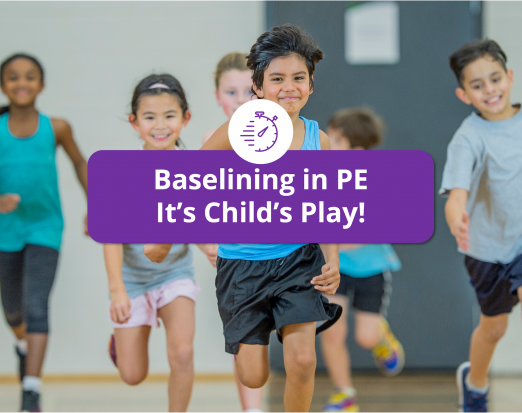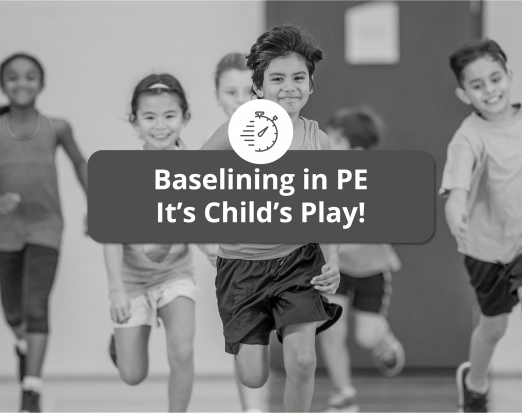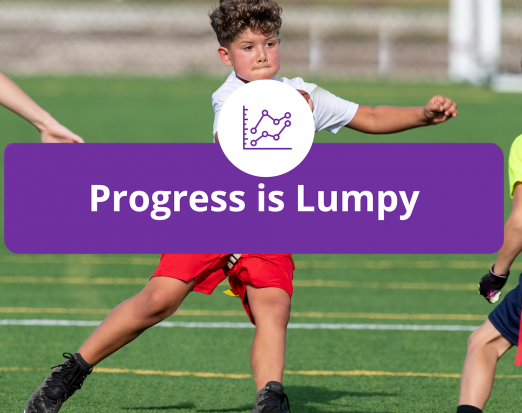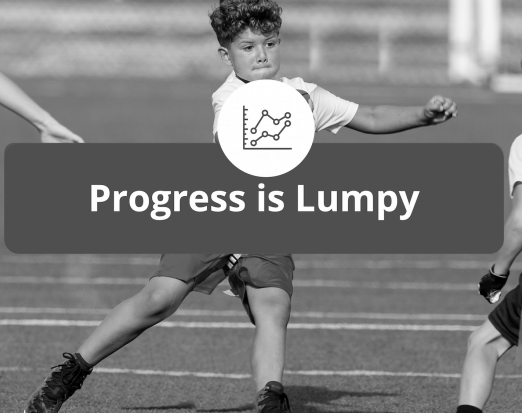4 Reasons to Include Dance in Your School Curriculum
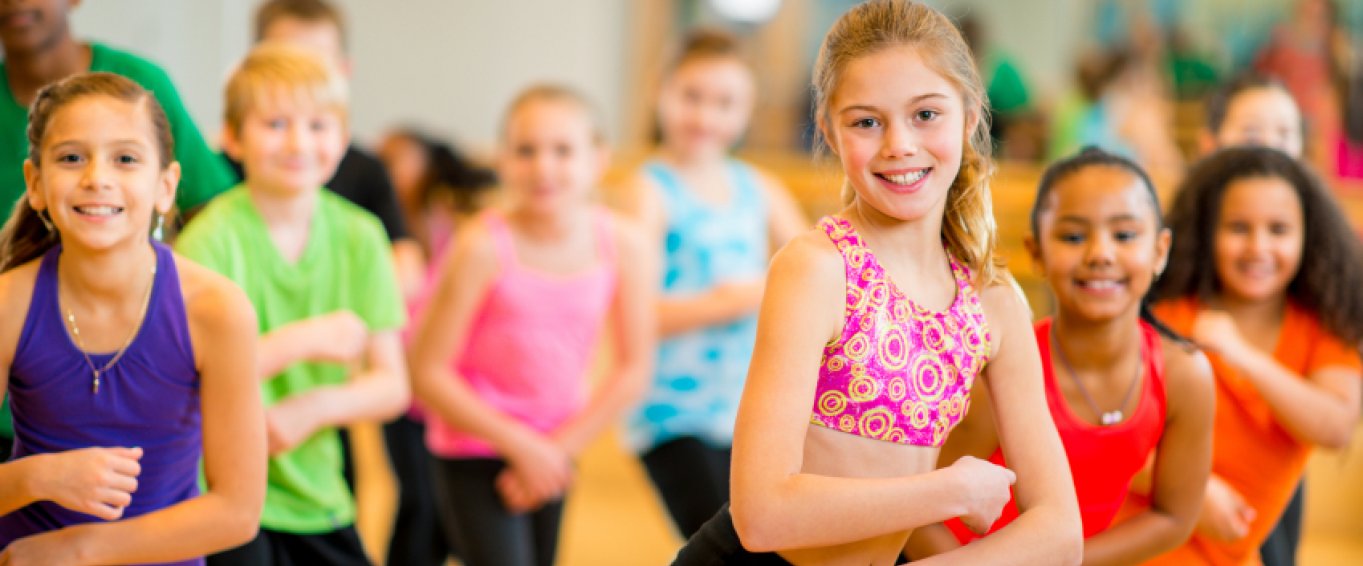
There are almost as many labels and categories for sport as there are different sports to choose from. Competitive, strategic, team, endurance, adventure, combat: the list goes on. It means everybody has their own definition of what it means to be 'sporty.' And what kind of activities should be considered athletic.
The legitimacy of dance as a sport has been endlessly debated. Some argue that it doesn't feature in the Olympics, so it cannot be a 'proper' sport. Others point out that, while not recognised as a standalone event, dance appears in everything from gymnastics to ice skating, snowboarding, even dressage.
There's a good reason athletes of all stripes use dance to train and condition their bodies. It requires not just physical prowess - balance, coordination, agility - but mental acuity as well. To be a truly great dancer, you need focus, confidence, determination and trust in your abilities. Dancing goes beyond the physical. It builds powerful personalities.
So, it's no surprise child development experts say dance is a great way for kids to stay active, increase movement competence and improve learning capacity. With its demand for quick thinking, control and precision, dance is the ultimate crossover sport. If introduced to kids at a young age, it can have a dramatic impact on academic performance.
Here are four reasons why dance should be a part of all primary school curriculums:
Academic Benefits
Children who regularly participate in dance sessions or lessons typically perform better academically than peers who do not. Various studies suggest pupils with a background in dance are more likely to achieve higher SATs scores and excel at maths and science.
The development of dance skills requires practice, discipline and focus; three skills that help young people succeed in school. Dancers are ordered thinkers. They exhibit good impulse control and can juggle multiple tasks without compromising on quality.
Top Tip: Use our Dance of the Day videos to improve focus before lessons. These five minute dance workouts harness pupils' develop movement skills and get the brain ready for learning. Click to log in to your portal and access dance videos.
Improved Physical Health
As dance is a highly physical activity, kids who dance regularly can expect to see a significant improvement in fitness and overall health. Consistent practice increases range of motion, flexibility, strength and stamina.
The repetitive sequences involved in structured dance sessions improve muscle tone, encourage healthy posture, increase coordination and boost cardiovascular health. Don't forget, dancing is an aerobic exercise. It is an effective way for children with weight issues to tackle obesity and become competent movers.
Top Tip: Combine dance with bodyweight exercises for an added challenge and a super fitness boost. Flutter kicks, squats, wheelbarrow walks, lunges, V-sits (and more) can all be incorporated into dynamic dance routines.
Smooth Socialisation Skills
Dance in school should be a highly social experience. There should be plenty of opportunities to make friends, form strong bonds and give and receive support from peers. School based dance sessions or lessons can help children improve their social and communication skills.
It teaches them how to function as a team, develops trust in others and builds confidence. While it's true that dancing - or any type of performance - requires individuals to show a degree of vulnerability, fostering a communal spirit is one way to alleviate childrens' anxieties about facing unexpected situations, tasks and challenges.
Top Tip: Trust exercises help pupils form strong bonds. Assign pairs. One child wears a blindfold. The other child must teach their blindfolded partner a simple dance routine (3-4 moves). They may talk, touch and guide. The pair should then perform their dance for the class.
Emotional Wellbeing
Movement competence creates confidence, particularly for primary school children who are learning how to navigate the world and overcome their physical limits. As they grow in assurance and begin to trust their bodies, emotional and social confidence increases.
Dance is a very expressive activity. It celebrates emotion by finding creative, constructive outlets for it. It's common for children with behavioural and emotional problems to respond very positively to the passionate, cathartic nature of this sport.
